Chinese Oracle Bones
25 Oct 2019 - 29 Mar 2020
10:00-17:00
Exhibition Gallery 4, Level 1
Free
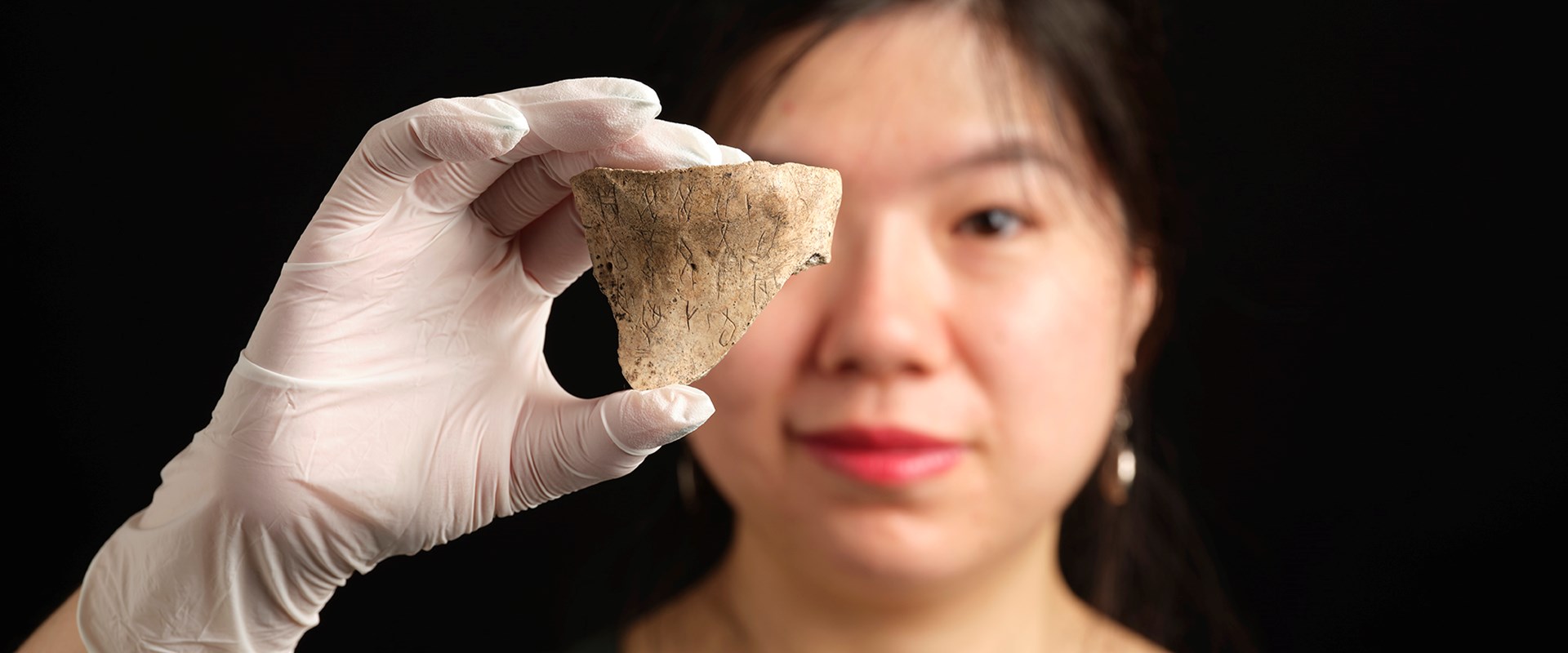
The oracle bones were used in divination ceremonies over 3000 years ago as an instrument to obtain guidance and divine insight from ancestors and deities. The guidance sought could be related to anything from military strategy to the cause of the King’s toothache.
The bones were prepared by cleaning, carving and drilling them before intense heat was applied until they cracked. These cracks were then read and interpreted by a diviner. The questions asked were often inscribed onto the bones along with the diviner’s interpretations, providing us with valuable insight into the concerns of the time. These inscriptions are examples of the earliest-known Chinese script.
This display examines these inscriptions and their significance during the late Shang dynasty (c.1200–1050 BC), as well as their continuing importance today.
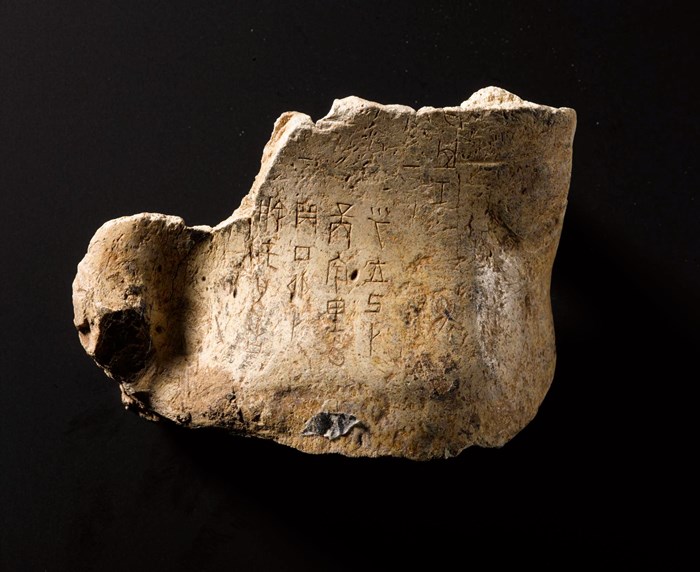
Oracle bone of tortoise plastron or ox scapula, with incised script recording divination: China, Henan Province, near Anyang, Yinxu, late Shang dynasty, c. 1200-1050 BC.
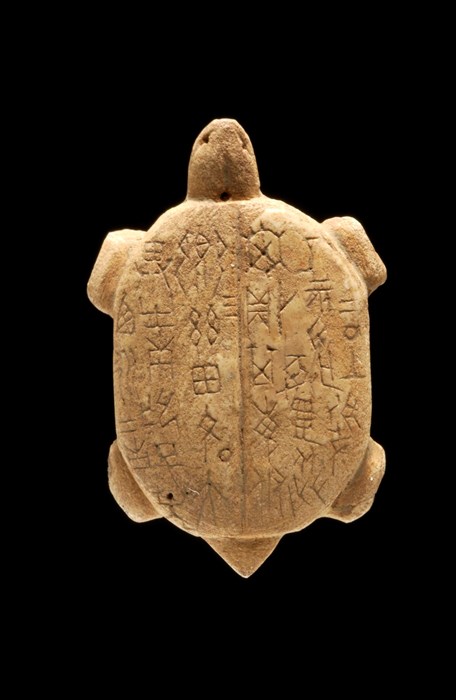
Imitation of oracle bone of tortoise plastron or ox scapula of the late Shang dynasty (c.1200-1050 BC) from the Yinxu site, with incised script recording divination: China, late 19th century or early 20th century.
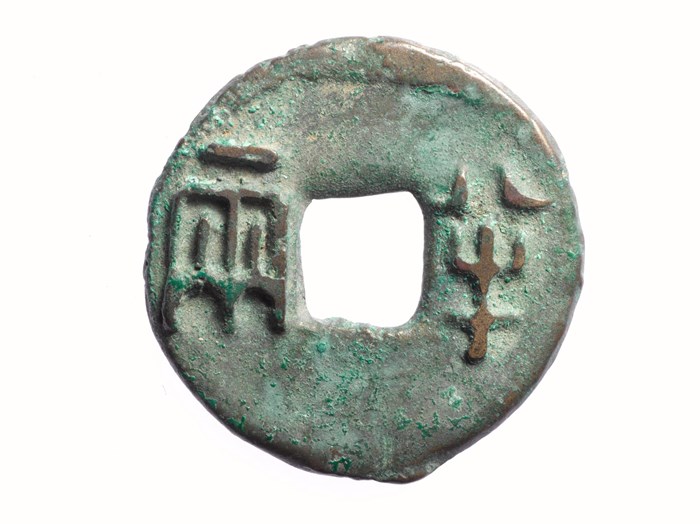
Bronze Banliang (half-ounce) coin: China, probably Qin dynasty (221–2016 BC).
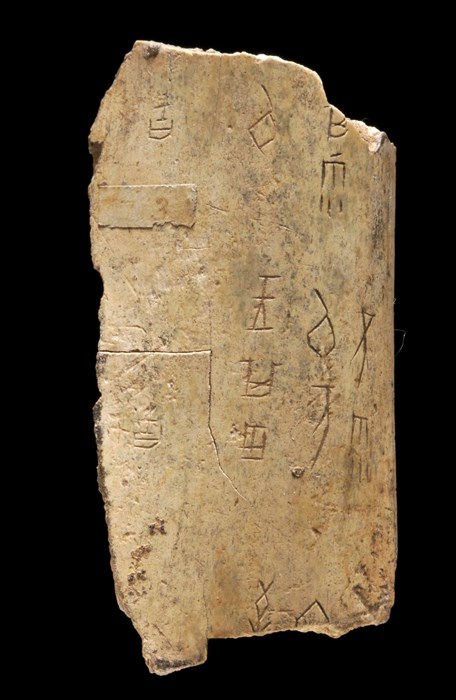
Oracle bone of tortoise plastron or ox scapula, with incised script recording divination: China, Henan Province, near Anyang, Yinxu, late Shang dynasty, c. 1200-1050 BC.
National Museum of Scotland, Chambers Street, Edinburgh, EH1 1JF
We want everyone who comes to our museums to enjoy their time with us and make the most of their visit.
- There is level access to the Museum via the main doors to the Entrance Hall on Chambers Street and the Tower entrance at the corner of Chambers Street and George IV Bridge.
- Lifts are available to all floors and accessible toilets are available on most floors, as well as a Changing Places (U) toilet in the Entrance Hall on Level 0.
- There is an induction loop in the Auditorium.
- Guide dogs, hearing dogs and other recognised assistance dogs are admitted.
Find out more about our access information.
#OracleBones
Share your highlights on social media.
Header: Curator of Chinese collections Dr Qin Cao photographed with oracle bone.
